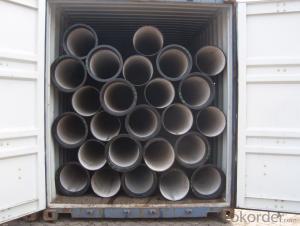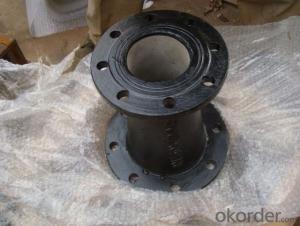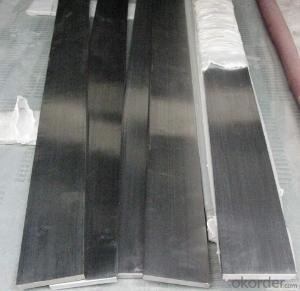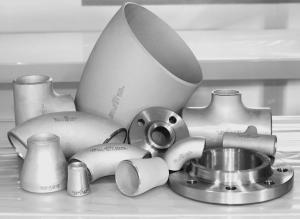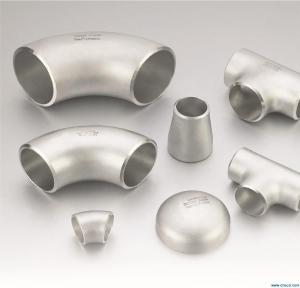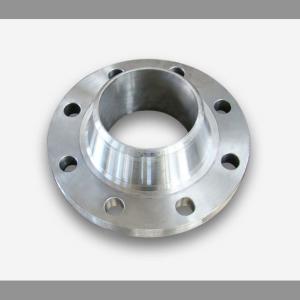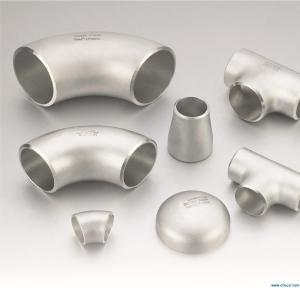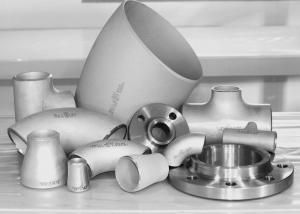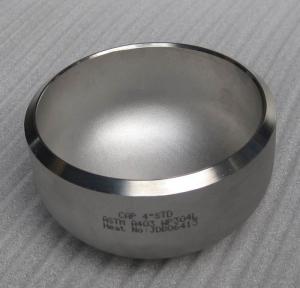Bleach On Stainless Steel
Bleach On Stainless Steel Related Searches
Best Paint For Stainless Steel Blanket Insulation For Steel Buildings Primer For Galvanized Steel Foam Filter For Stainless Steel H S Code For Stainless Steel Surface Grinding Wheels For Stainless Steel Surface Grinding Wheels For Hardened Steel Hole Saw For Stainless Steel Paint For Stainless Steel Stainless Steel For BbqHot Searches
Steel Mesh Panels For Sale Price For Stainless Steel Scrap Scrap Price For Stainless Steel Price For Stainless Steel Stainless Steel Tank For Sale Stainless Steel Sheets For Sale Cheap High Tea Sets For Sale Stainless Steel Tanks For Sale Stainless Steel For Sale High Density Fiberboard For Sale Solar Hot Water Collectors For Sale Scaffolding For Sale In Uae Scaffolding For Sale In Ireland Scaffolding For Sale In Houston Type Of Inverter For Solar Price Of Shipping Containers For Sale Types Of Inverter For Solar Stock Price For Aluminum Used Solar Inverter For Sale Steel Mesh Panels For SaleBleach On Stainless Steel Supplier & Manufacturer from China
Okorder.com is a professional Bleach On Stainless Steel supplier & manufacturer, offers integrated one-stop services including real-time quoting and online cargo tracking. We are funded by CNBM Group, a Fortune 500 enterprise and the largest Bleach On Stainless Steel firm in China.Hot Products
FAQ
- Determining the most suitable material for a particular application requires a thorough comparison of stainless steel flats and brass flats due to their unique characteristics and advantages. In terms of durability and strength, stainless steel flats surpass brass flats. Stainless steel is renowned for its exceptional corrosion resistance, making it ideal for applications exposed to harsh environments or corrosive substances. On the contrary, brass flats are susceptible to tarnishing and oxidation, which can negatively impact their appearance and overall performance over time. Another aspect to consider is the aesthetic appeal. Brass flats possess a warm and golden hue that adds an elegant touch to various applications, making them a popular choice for decorative purposes. In contrast, stainless steel flats boast a sleek and contemporary appearance, more suitable for modern designs. Cost-wise, stainless steel flats generally come with a higher price tag compared to brass flats. However, the increased initial investment can be justified by the durability and longevity of stainless steel, requiring less maintenance and replacement in the long run. Regarding workability, brass flats are easier to machine and shape compared to their stainless steel counterparts. The softness of brass makes it more malleable, facilitating bending, cutting, and forming into various shapes. Conversely, stainless steel, being a harder material, demands specialized tools and techniques for fabrication. Ultimately, the choice between stainless steel flats and brass flats depends on the specific requirements of the application. If corrosion resistance, durability, and a modern appearance are paramount, stainless steel flats emerge as the ideal choice. However, if a warm and decorative aesthetic, ease of workability, and cost-effectiveness take precedence, brass flats become a more suitable option.
- The maximum width of stainless steel flats available can vary depending on the supplier and the specific grade of stainless steel being used. However, in general, stainless steel flats are commonly available in widths ranging from 12 inches to 48 inches. Some suppliers may be able to provide wider options upon request, but it is recommended to consult with the supplier or manufacturer to determine the exact maximum width available for a specific stainless steel flat.
- Stainless steel flats are indeed suitable for architectural purposes. This material is incredibly versatile and long-lasting, making it perfect for a range of architectural applications. Its ability to resist corrosion makes it particularly well-suited for outdoor structures like facades, handrails, and roofing. Additionally, stainless steel flats can be used to create interior design elements such as staircases, balustrades, and decorative panels. Moreover, stainless steel's aesthetic appeal and malleability allow for the creation of innovative and contemporary architectural designs. In summary, stainless steel flats are a sensible and visually captivating option for architectural projects.
- Yes, stainless steel flats are commonly used in food processing equipment due to their corrosion resistance, hygienic properties, and easy cleanability, making them suitable for contact with food and ensuring the maintenance of food safety standards.
- Yes, stainless steel flats can be used in power plants. Stainless steel is a highly durable and corrosion-resistant material, making it suitable for various applications within power plants, including structural components, piping systems, heat exchangers, and turbine parts. Its ability to withstand high temperatures, pressure, and exposure to corrosive environments makes stainless steel flats an ideal choice for power plant operations.
- Yes, stainless steel flats are suitable for pharmaceutical applications. Stainless steel is widely used in the pharmaceutical industry due to its excellent corrosion resistance, high strength, and durability. It is resistant to chemicals and can withstand frequent cleaning and sterilization processes, making it ideal for pharmaceutical equipment and components. Stainless steel flats are often used in the construction of pharmaceutical tanks, vessels, piping, and other equipment where cleanliness, hygiene, and product integrity are critical. They can also be easily fabricated, machined, and welded to meet specific requirements. Overall, stainless steel flats offer the necessary properties to ensure the safety, purity, and quality of pharmaceutical products.

















